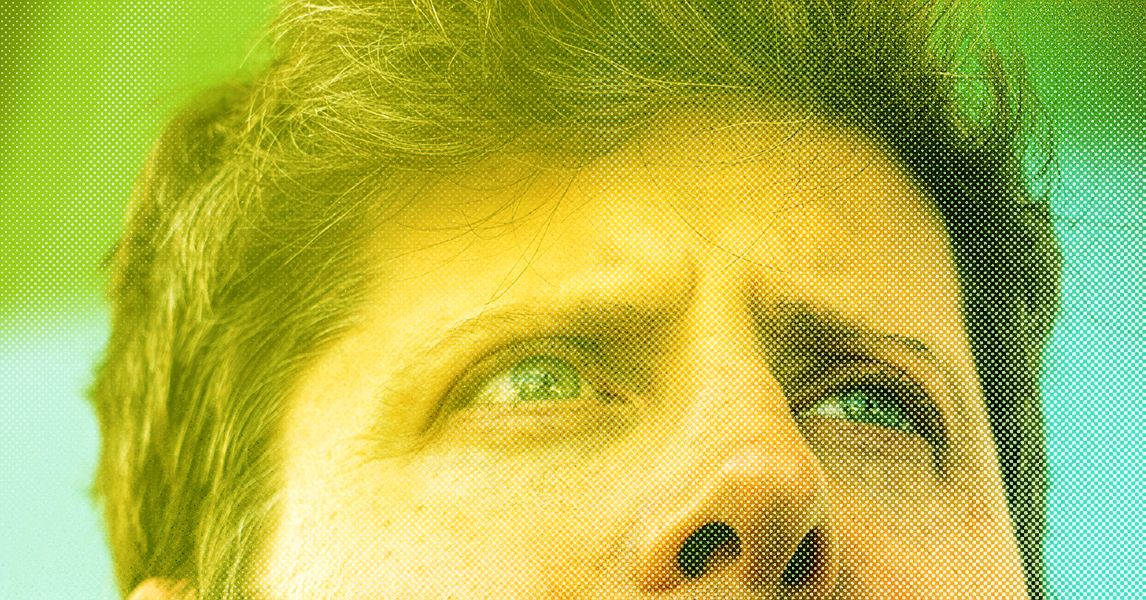OpenAI Launches AI-Generated Video Social App Amid Growing Concerns Over Content Guardrails

Key Points
- OpenAI’s new app uses the Sora 2 model to generate AI‑driven vertical videos.
- Identity verification creates a personal avatar for video creation.
- Guardrails block nudity and restrict use of others’ likenesses without consent.
- Copyright rules are still being refined, with some characters blocked and others allowed.
- Tesla’s FSD now prompts drowsy drivers to stay focused using the system.
- Researchers created human eggs from skin cells, forming embryos for potential infertility treatment.
- The egg‑generation breakthrough raises significant bioethical questions.
OpenAI has released a standalone social app that uses its Sora 2 video‑generation model to create AI‑produced vertical videos, offering a TikTok‑like feed where users can generate avatars of themselves after identity verification. The platform includes safeguards that block nudity and restrict the use of other people’s likenesses without permission, while copyright rules remain fluid. In parallel, Tesla’s Full Self‑Driving system has begun prompting drowsy drivers to stay focused with the feature, raising safety questions. Researchers also reported a breakthrough in creating human eggs from skin cells, a development that could impact infertility treatment but also sparks ethical debate.
OpenAI's New AI Video Platform
OpenAI introduced a new social application built around its Sora 2 video‑generation model. The app presents a vertical video feed that users can swipe through, mirroring the layout of popular short‑form platforms. To create content, users must verify their identity by recording a short video of themselves reading numbers, which the system uses to generate a digital avatar of the user’s face, body, and voice. After verification, users input prompts to produce AI‑generated videos featuring themselves and, optionally, friends.
Safety and Copyright Controls
The platform incorporates guardrails that prevent the creation of nude images or videos and block attempts to generate content featuring other individuals unless those individuals have opted in. Users can set personal preferences that limit who can use their likeness. Copyright enforcement is still evolving; the system blocks certain high‑profile characters while allowing others, leading to ongoing adjustments as creators test the limits.
Tesla's Full Self‑Driving Messaging to Drowsy Drivers
Tesla’s Full Self‑Driving (FSD) feature has begun displaying messages that encourage drivers who appear drowsy to stay focused by using the system. Prompts such as “Drowsiness detected, stay focused with FSD” appear on the vehicle’s display, prompting drivers to rely on the assistance rather than taking immediate corrective action. This shift in messaging raises safety concerns about the balance between driver attention and reliance on the assistance system.
Advances in Human Egg Generation
Scientists reported a method for creating human eggs from skin cells, which were then used to form embryos. While none of the embryos were implanted for pregnancy, the technique could offer a new avenue for treating infertility, especially for individuals who struggle to produce viable eggs. The breakthrough also introduces ethical considerations regarding embryo use and potential large‑scale applications.